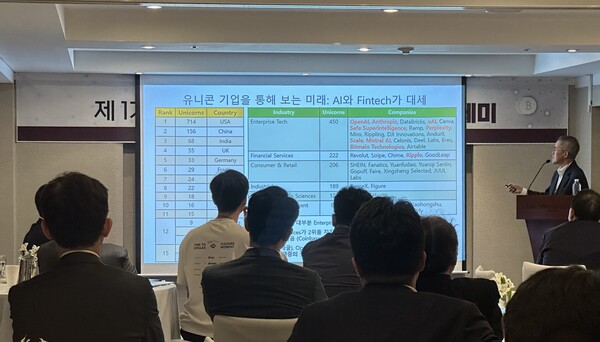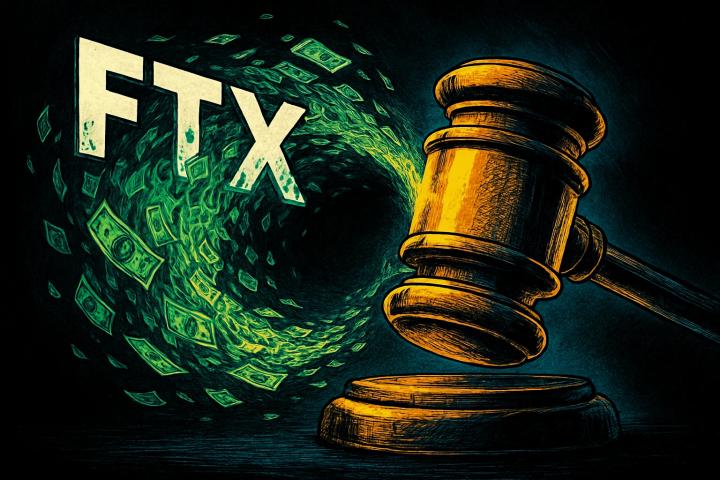
Kim Hyung-joong, a distinguished professor at Korea University's Graduate School of Information Security, emphasized that stablecoins are not just cryptocurrencies; they are an innovative technology that will reshape the global financial system. Unlike the well-established payment infrastructure of credit cards, PayPal, and Apple Pay, the infrastructure for the Web3 platform remains inadequate. Stablecoins are expected to be a key tool in filling this gap.
Essential Skills: Agents and Trading Platforms
Three key technologies are needed for the growth of the stablecoin ecosystem.
First, agent technology automatically configures and optimizes the transaction environment. Second, transaction platform technology facilitates payment. The reason stablecoins are not currently accepted by merchants is due to technological barriers to entry. To address this, intermediaries like payment gateway companies are operating business models where they manage payment systems on behalf of merchants and collect fees.
Third, continuous technological updates are essential. As cheaper blockchains like L2 Network emerge, transaction fees will decline, and existing systems will need to be replaced with new technologies. Agent technology plays a pivotal role in this process.
Movements of global companies
Circle, originally a fintech company, secured a key revenue stream by issuing USDC (a stablecoin). However, fearing fines of up to $100 billion if caught by US regulators, the company signed an agreement with Coinbase. According to the agreement, all interest income from USDC held on the Coinbase platform will belong to Coinbase, while interest income from USDC held elsewhere will be split 50:50 between Circle and Coinbase.
Global Corporate Ecosystem: Analyzing Unicorn Companies
As of 2024, the number of unicorn companies will be 656 in the US, 17 in Brazil, and 14 in South Korea, while other Asian countries will have even fewer. In particular, AI companies dominate the enterprise tech sector, while blockchain and cryptocurrency-related companies comprise over 80 unicorns in the financial services sector.
The Future of Algorithmic Trading and Stablecoins
Already, 70-80% of the US stock market is driven by algorithmic trading (high-frequency trading), with a market size of $160 billion. Tokenization is a means of increasing liquidity in this high-frequency trading environment.
In the United States, tokenized securities (INX) have already been launched, and BlackRock's tokenized fund has also emerged. On Uniswap, a decentralized exchange, price differences between USDT, EURT (the euro), and the US dollar are traded in real time.
Derivatives Markets: Global Standards and Korea's Opportunities
Trading volume in derivatives (futures and options) is significantly larger than spot trading. Coinbase also entered the derivatives market, but due to regulatory restrictions, it was unable to trade perpetual futures, so it established a separate exchange (Coinbase International) overseas.
Meanwhile, Korea still lacks an official stablecoin derivatives exchange. While this is a current limitation, proactively establishing a regulatory framework could provide an opportunity to build a competitive platform in the global market. With significant domestic investor capital moving to overseas exchanges, it's crucial to secure a leading position in this market through systematic regulation and infrastructure development.
conclusion
Stablecoins are already a reality. While they seemed like science fiction just a decade ago, the market is now rapidly expanding. With global companies rushing to enter the market, Korea's swift response will likely determine the future competitiveness of the financial industry.








